A Frank Discussion About Copyright: The Dispute Over Anne Frank's Diary by Jessica Fontaine, Research Fellow
In the opening panel of the 2010 Anne Frank: The Anne Frank House Authorized Graphic Biography, Anne, sitting with pencil in hand, writes, “Have I ever told you anything about our family?” Over the following pages of the first chapter, co-authors Sid Jacobson and Ernie Colón detail the family history of the Franks, focusing primarily on the noble character of Otto Frank, Anne’s father. Their narrative frame situates Anne’s story and her iconic diary in relationship to Otto, who published Anne’s diary in 1947.
Jacobson and Colón’s emphasis on Anne and Otto’s relationship within the graphic biography links to questions of authorship and textual versions contained within the current copyright dispute over Anne Frank’s diary. In late 2015, the Anne Frank Fonds, which holds the copyright of the most commonly published version of the diary, announced their decision to add Otto Frank as an author of the text. The addition of Otto as author came on the eve of what would have been the diary’s entry into the public domain in many European nations. Generally, European copyright extends to 70 years after the author’s death. Anne, who contracted typhus in Bergen-Belsen concentration camp, died in 1945. Therefore, the copyright of The Diary of a Young Girl, would expire at the end of 2015. However, with Otto as a co-author of the text, the copyright continues until 2050, 70 years after Otto’s death.
The Fonds’ claim emerges from the different versions of the diary. In The Globe and Mail, Tu Thanh Ha quotes Anne Frank Fonds trustee Yves Kugelman explaining: “[Otto] merged them, he cut them and he changed them. So he created a new book.” However, French intellectual property attorney Agnès Tricoire finds this claim troublesome. In the New York Times, Tricoire argues, “If you follow their arguments, it means that they have lied for years about the fact that it was only written by Anne Frank.” Ha balances these perspectives, exploring the Fonds’ paradoxical description of the diary as Anne’s writing within Otto’s book.
As the graphic biography depicts, after receiving the journal (an autograph book) for her thirteenth birthday in June 1942, Anne began collecting her thoughts, observations and feelings in the diary. These writings constitute version A. However, upon realizing her desire to be a journalist, Anne embarked on a rewrite, creating version B. When the Gestapo raided the Franks’ secret annex in 1944, Miep Gies, an ally and friend, hid what remained of versions A and B. Otto, the only surviving member of the Frank family, compiled and edited these versions into the published edition of version C, the currently disputed version. A +/- B = C and the equation for economic control of Anne Frank’s diary for the Fonds.
Outside of the courts, public arguments around the authorship of the text focus mainly on the value of the ownership of Anne Frank’s diary. On January 1st 2016, the expiration date of the original copyright, University of Nantes scholar Olivier Ertzscheid published a Dutch version of the text. His actions resulted in a cease and desist letter from the Fonds. Upon the publication, Erztscheid wrote, “It belongs to everyone. And it is up to each of us to weigh its importance.” For Ertzscheid and other proponents of the public domain, the social value of the text and ideas of democratic availability outweigh the claims of authorship. Conversely, supporters of the Fonds copyright, such as Canadian poet John Degen, argue that the Fonds’ contributions to charitable causes and Holocaust education justify the continued ownership and publication control of the diary.
The Fonds tightly control Anne’s image, having vetoed various proposals including merchandise and a horror movie. Their continued copyright on the popular version, which has sold over 30 million copies, also effectively controls the work of those authorized to share Anne’s story. Leading up to the original copyright expiration, Anne Frank House, which operates independently from the Fonds, developed an elaborate web version of the diary for use in the public domain. As a result, this project has been abandoned, increasing tensions between the Fonds and Anne Frank House.
Not surprisingly, although Otto appears as a second protagonist in the Anne Frank House authorized graphic biography, Jacobson and Colón clearly identify the diary as Anne’s solo creation. Interestingly, the graphic biography reads best when focused on Anne’s voice and life. In these moments, the authors briefly capture Anne’s characteristic hope and insight, which has captivated audiences for decades.
For much of the text, Jacobson and Colón bog down Anne’s story in the historical details of the Nazi uprising and implementation of the genocidal final solution. Instead of demonstrating how the violence of Nazi policies and actions intruded on Anne’s life, text heavy panels, intent on education, disrupt readers’ empathetic connections with Anne. Likewise, the flat, pastel illustrations, which visually resemble informational pamphlets, fail to evoke the vibrancy of Anne’s descriptions within her diary. In the graphic biography, the editorial and narrative shaping by the authors appears on every page.

